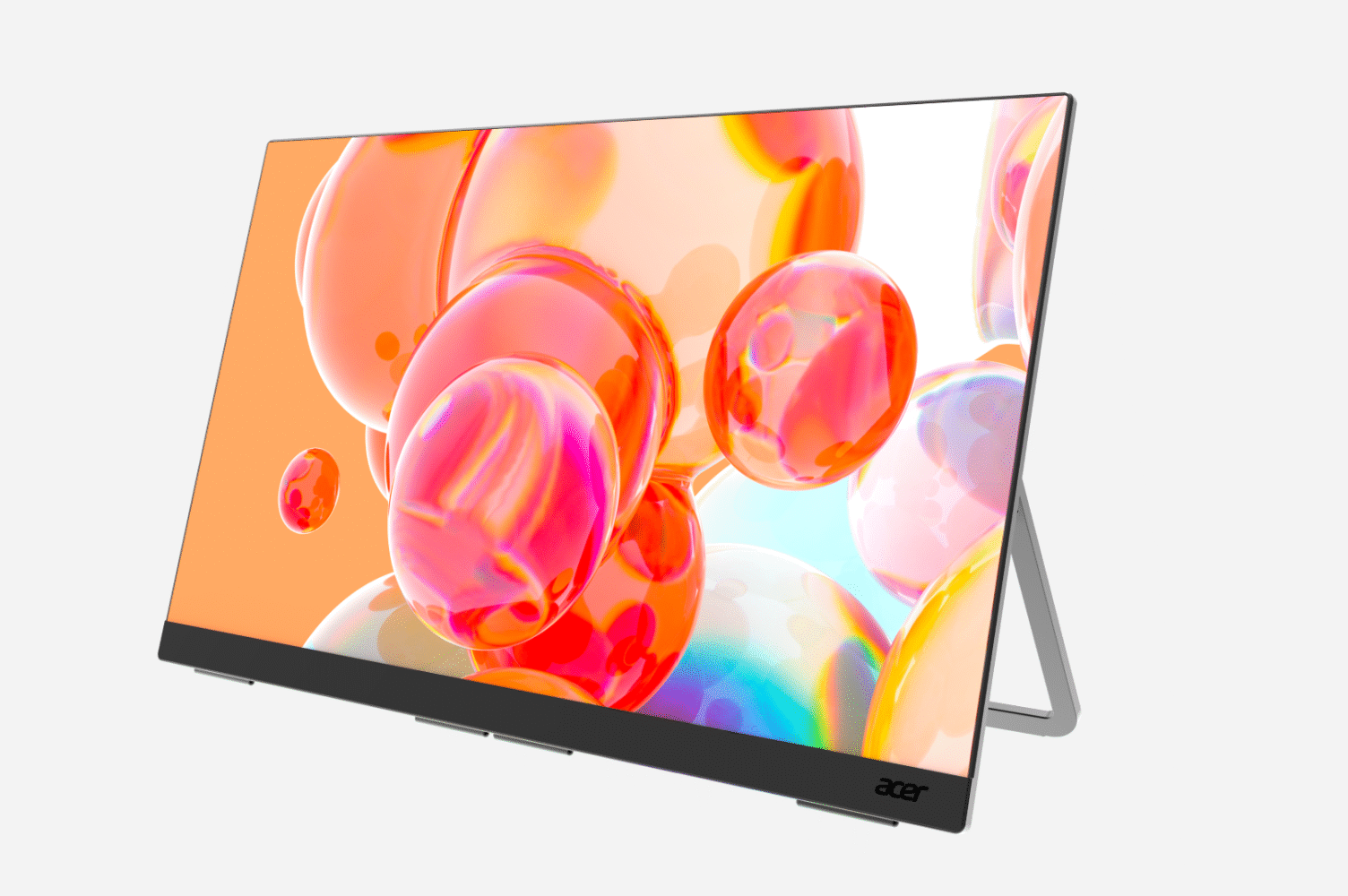Google’s Gemini AI is moving beyond text and static images, taking a notable step into animation with a new tool that transforms photos into short video clips. This new capability, developed using Google’s Veo 2 model and powered by Gemini AI through Google Cloud, will debut later this month on the Honor 400 series smartphones, launching May 22.
The feature—referred to as “AI Image to Video”—allows users to create 5-second animated clips from still images without needing to input text prompts or manually configure settings. Instead, the AI interprets the image on its own and generates motion that is visually consistent and contextually appropriate, whether the input is a personal photo or a famous painting.
This type of tool isn’t entirely new. AI-driven animation from single images has been under development across several companies for some time, with early examples adding simple motion to portraits or syncing images with audio. However, the Honor 400 series will be the first commercial smartphones to offer this particular implementation, integrating the feature directly into the native Gallery app. This approach makes the tool immediately accessible, without requiring third-party apps or subscriptions—at least initially.


Honor says the feature will be free to use for the first two months after launch, with a daily cap of 10 video generations. After that period, access will require a paid subscription, likely tied to Gemini Advanced, Google’s premium AI service. Currently, Veo 2 is limited to select users and costs $0.50 per second for video generation, but the version on Honor devices will be more user-friendly and automated at the start.
The AI-generated videos are created automatically, with no manual editing or frame-by-frame controls available to the user. While this limits fine-tuned customization, it also serves as a safeguard against misuse. Since the videos are produced without user-provided prompts, the risk of generating harmful or misleading content is reduced. That said, concerns remain about watermarking and visual disclosure, especially given that early demo clips provided by Honor don’t contain visible indicators that they were AI-generated.
The tool is expected to reach more Android devices in the months following its debut on Honor phones, similar to how Google previously rolled out “Circle to Search” on select Galaxy and Pixel models before expanding to other platforms. Gemini’s growing capabilities—image generation, video synthesis, and automated edits—suggest that Google will likely showcase this technology at its upcoming I/O 2025 event.
It’s unclear how the feature will function when it becomes more widely available via the Gemini platform. A hybrid model supporting both text and image input seems likely, along with additional safety measures such as watermarks or generation logs. For now, Honor users will get an early look at where Google’s AI video ambitions are headed, embedded directly into the phone’s core apps.





